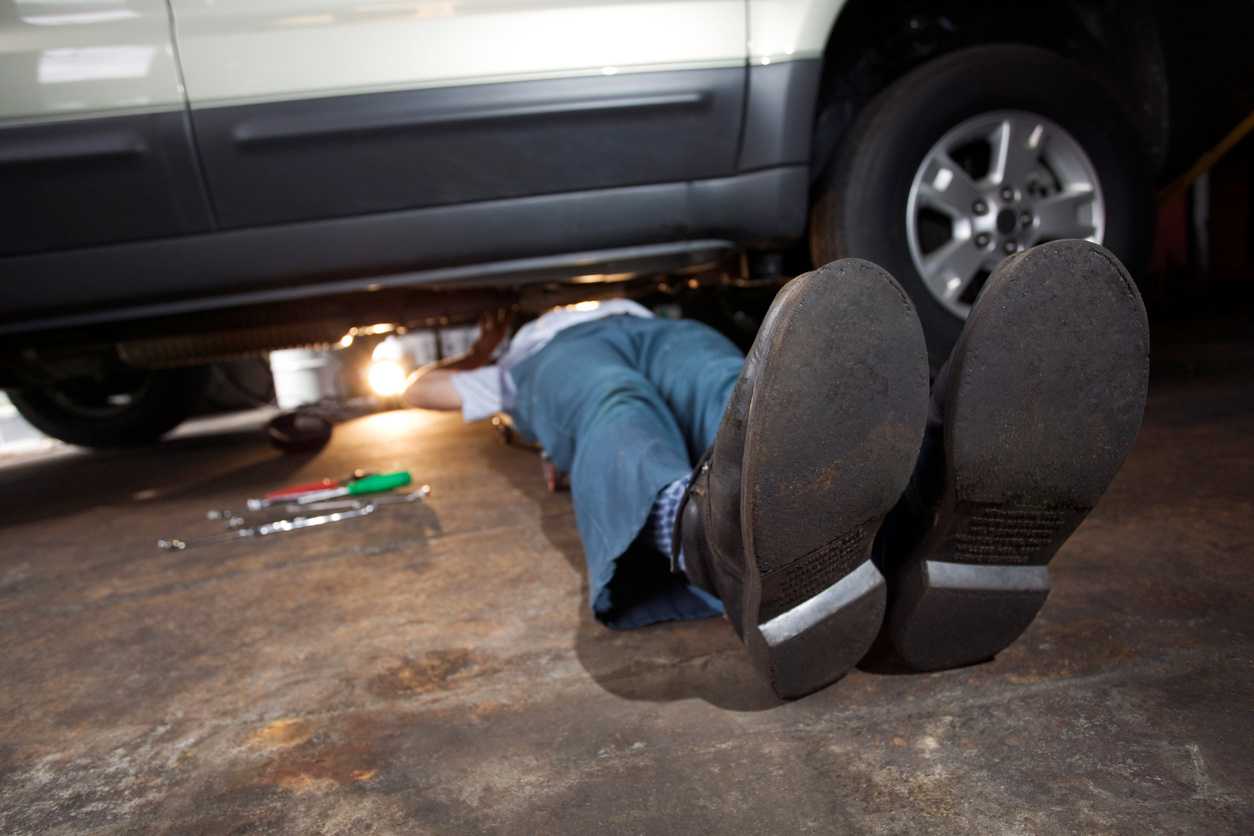Battery Tray and Firewall
If I am stuck with a nose cone that needs fettling to fit, then I am going to need some datum points to align it properly. The most visible is obviously the bonnet. To put the bonnet in place correctly it needs to be aligned with something. That something has to be the scuttle, which in turn needs the battery tray and firewall in place from which to take it’s shape. So I will start with the battery tray.
I have decided to use rivnuts on the back chassis member and bond on the front. This is because the rear chassis mounting points are shared with the firewall which I want removable.
Having marked up the right position and installed the rivnuts I drilled out the mounting holes in the battery tray to 12mm to fit around the rivnut. That way the battery tray is absolutely flat on the chassis rails (others use flush fitting rivnuts).
The peddle box then needed careful positioning, and the pedal box lid bent to the correct shape. While I was at it, I also bent down the alignment tabs on the firewall ready for the scuttle.
Note: I may change my mind about the bonding of the battery tray – with all of that wiring and fuel lines passing under here I may want it easily removable.
Nose Cone – part 1
These photos show the lack of clearance on both sides around the top wishbone. I had to pull the fibreglass apart to get the cone on this far and it physically rubs against the wishbone. I bought this kit after the mods to the nose cone were in production. GBS must have slipped me old stock because I believe (from RHoCAR posts) that this is the problem with the older cones. I need to check with GBS.
The top of the cone lines up parallel with the chassis and in reasonable position for drilling a fixing hole, but the lower panel is not over the chassis cross bar and the sides snag on the wishbones. Disappointment. I would have likes to have completed fitting with the indicators today.

